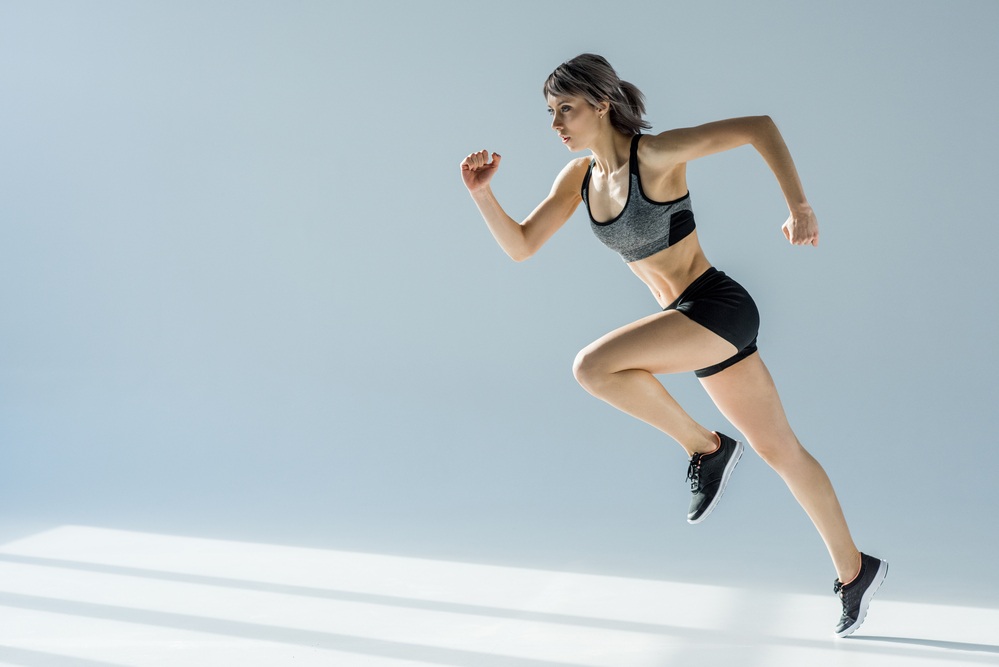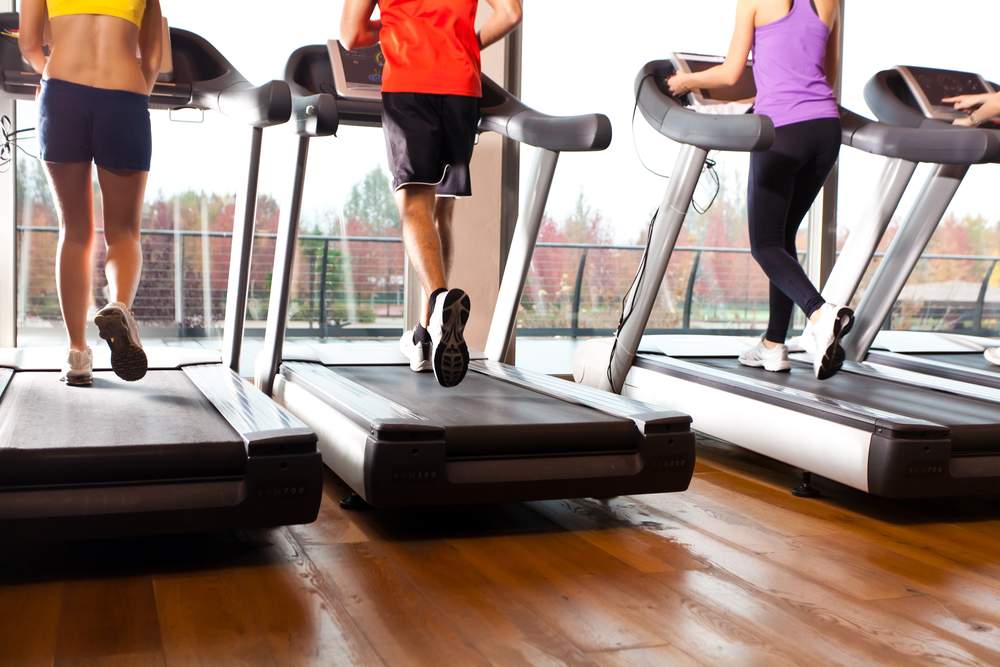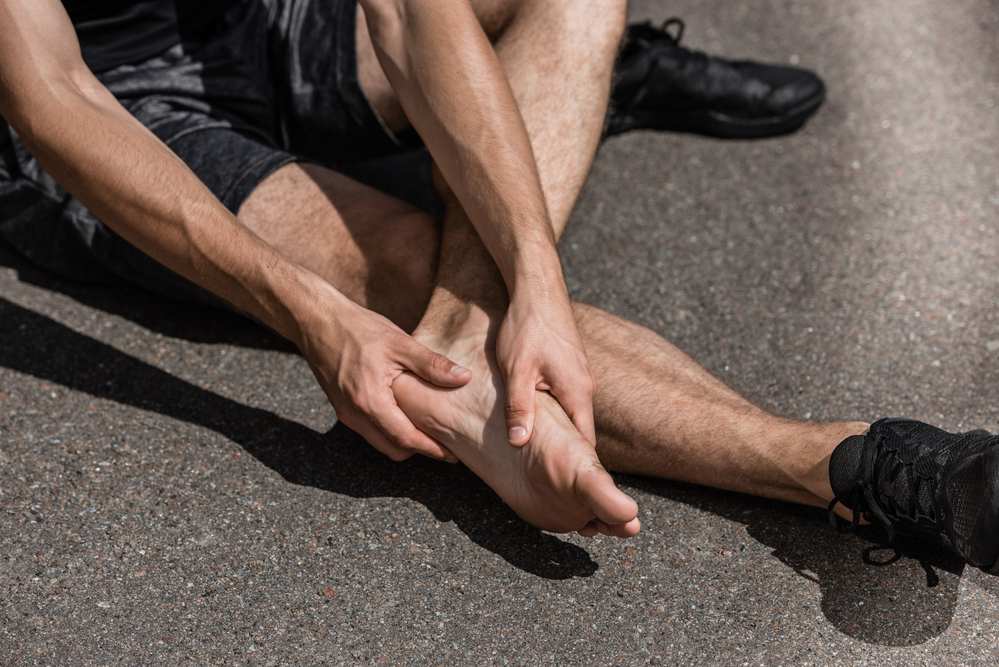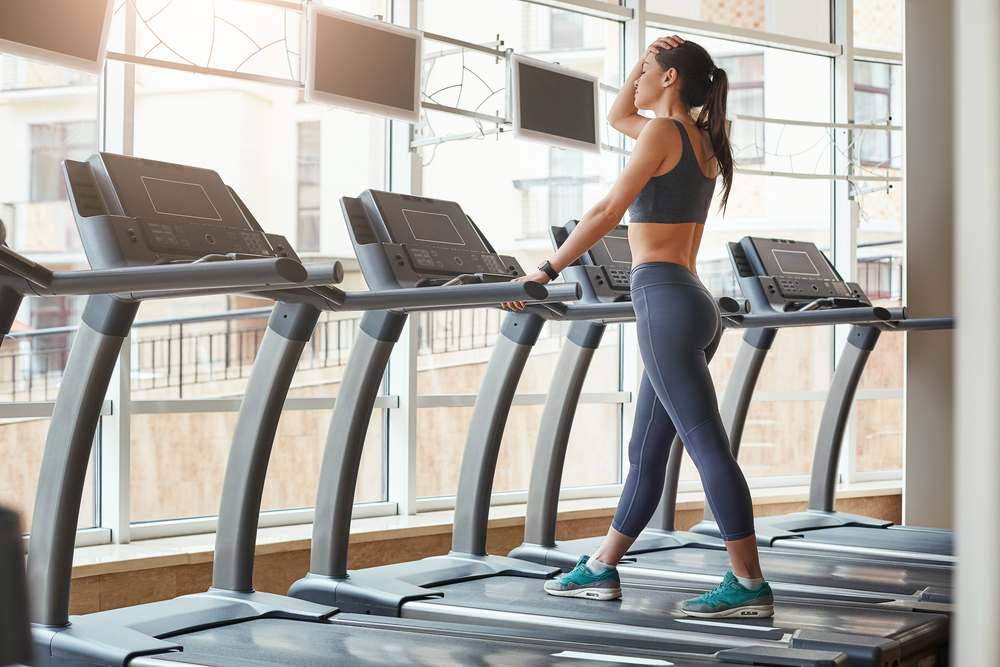Running outside barefoot is a hot exercise trend, but can you run barefoot on treadmill too? Is it safe or even beneficial to do so? Let’s dive in to find out.
When running, everyone wants to use the most effective techniques to maximize the results of all their hard work and efforts. That’s why many research things like posture, breathing techniques, energy gels and drinks, and footwear to make the most out of each run. But can you run barefoot on a treadmill? The answer is yes, but it does require a few adjustments.
Contents
Running Barefoot On A Treadmill
Running barefoot on a treadmill has its advantages and disadvantages, the same as any other type of running. One important thing to remember is that this new form of running requires learning new techniques to ensure you’re being as safe as possible, thus reducing the chance of injuries.
There are several advantages for those seeking to run barefoot on a treadmill. Of course, the most obvious is that you don’t have to worry about stepping on sharp or uncomfortable things like rocks and nails. But there are many others.
Benefits Of Barefoot Running On A Treadmill
Strengthening Muscles
Since your foot strikes connect to the surface directly without running shoes as a buffer, your muscles will work harder, pushing your body to its limits faster. You’ll feel it in your calf muscles and notice an improved gait and balance. Your foot’s Achilles tendon and other ligaments will also be activated and stretched, and while you’re building strength, you’re not putting pressure on your joints. This means your muscles and knee joints will be less prone to damage.
Smooth And Efficient Running

As mentioned earlier, running barefoot on a treadmill takes lots of discipline and practice. Because you’re not wearing shoes, it’s better for your foot strikes to land on your balls and midsoles rather than on the heel. It can also help to take shorter strides on a treadmill. Using a soft landing doesn’t just reduce the impact on your heel and allows running to be more efficient with fewer interruptions.
Because the front of your foot’s arches behaves like a natural shock absorber, you can improve stamina and endurance during your workout. Also, you’re using less oxygen than running with shoes, and you see a significant improvement in impulses and overall running strength.
Proprioception And Balance
While your feet are striking the treadmill belt, you’ll become more aware of how you should maintain your balance and posture with each footfall. Your body is better supported because your feet will expand, holding your weight more efficiently while supporting your leg movements.
When you engage muscles primarily while lessening stress placed on your heel and joints, this kind of running will boost your brain’s reception for stability, coordination, and balance. Therefore as you’re running barefoot on a treadmill, you’ll notice that you’ll quickly get used to the new running style and maximize efficiency using lighter steps.
Potential Risks Of Running Barefoot On A Treadmill

While there are many beautiful benefits to running on a treadmill barefoot, there are also a few risks to keep in mind.
Abrasions
Without the protection of running shoes, your skin will come into direct contact with a very textured spinning running surface. This means that the soles of your feet will be more susceptible to abrasion injuries as the traction and grip of the treadmill belt work against your feet. Also, things tend to get pretty hot as friction builds, leading to nasty foot burns and blisters.
The best way to avoid abrasions is to make specific modifications to your gait. You might be interested in our guide on do running shoes make a difference.
Foot Injuries And Muscle Damage

While the treadmill belt may be free of objects such as rocks and glass, barefoot running will place more stress on your sole muscles as you’re not landing on your heels. This can cause your sole muscles and foot tendons to stiffen from overworking. And if without the same heel lift you experience when wearing running shoes, you’re at higher risk of developing conditions such as plantar fasciitis, Achilles tendon, and calf tendinitis. There’s also an increased risk of stress fractures.
How To Prevent Injuries
When you run barefoot on a treadmill, ensure that your foot strikes land softer while using shorter strides every time you must spring off using your toes. When you begin, start at a slower pace with a higher incline to reduce the impact you feel on your feet. Altering the treadmill’s incline angles and speed is always the best practice.
You may feel a bit cramped while using a shorter stride. But doing so can prevent issues like tendon inflammation or atrophy. If you notice any painful inflammation in your feet and legs, stop running and contact your physician or physiotherapist immediately. Check out our explainer on can running shoes go in the dryer.
The Final Word On Can You Run Barefoot On Treadmill?
Running barefoot on a treadmill is possible and can significantly improve your posture and leg strength while putting less pressure on certain joints. However, the trade-off is more foot abrasions and the risk of other injuries, such as calf tendinitis and plantar fasciitis. To prevent many of these injuries, remember to go slow and keep the intensity low.
FAQs On Can You Run Barefoot On Treadmill?
Could the treadmill cause blisters?
Yes, the grippy running surface of a treadmill can cause abrasions and blisters on the soles of your feet.
Can you run or walk on the treadmill with socks?
You can wear socks while running or walking on a treadmill. However, the surface material of a treadmill will wear socks out quickly, and there’s also a higher risk of slipping.
Is it safe to run barefoot while exercising on a curved treadmill?
Since curved treadmills do not use a motor, the runner acts as the engine. You can indeed run barefoot on curved treadmills, and while you may not get blisters as quickly as with the motorized version, you will still get them since your feet gripping the treadmill produces heat.



